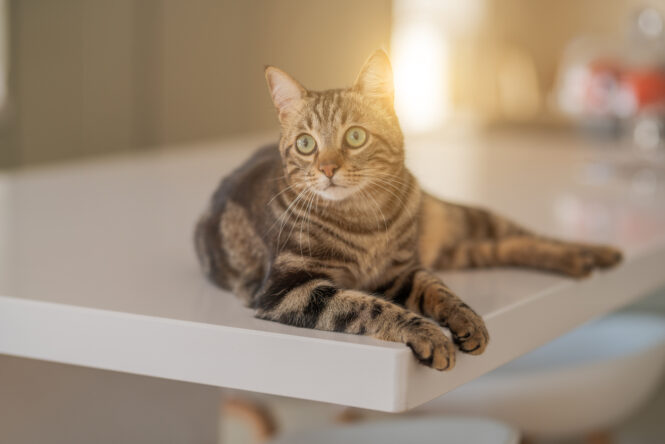Being a cat lover with allergies can feel like the ultimate betrayal—your body revolts against the very thing you adore.
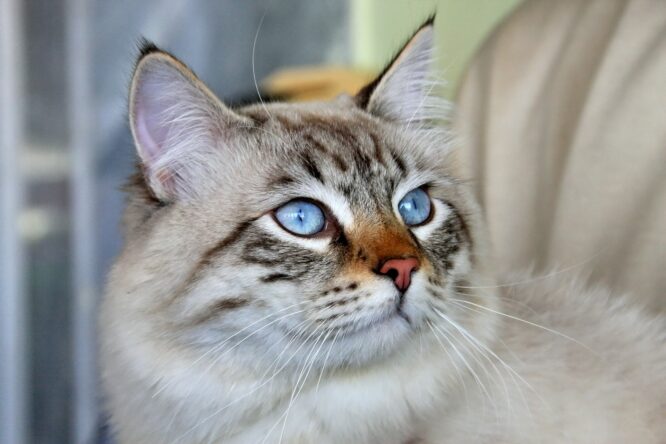
However, here’s a bit of good news: while no cat is 100% hypoallergenic, some breeds naturally produce lower levels of the Fel d 1 protein, which is the main trigger for most cat allergies. These cats can still make you sneeze, but the chances are significantly reduced, especially if you pair the right breed with a clean, low-dander home. If you’re ready to find a feline friend without constant sniffles, these are the top breeds to consider.
1. Siberian
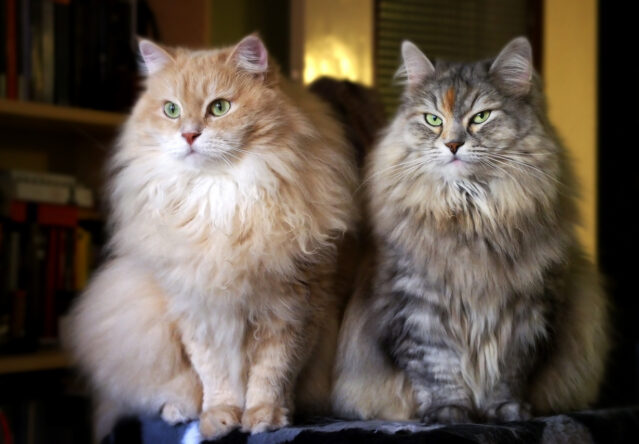
Surprisingly, the Siberian—despite having a thick, luxurious coat—is often well-tolerated by allergy sufferers. That’s because research suggests this breed produces lower levels of the Fel d 1 protein than most. It’s not about the amount of fur, but what’s in their saliva and skin secretions, and Siberians seem to have a genetic advantage in that department.
Beyond their hypoallergenic traits, Siberians are affectionate, fearless, and sociable. They love to perch, observe, and play but are also known to be gentle and patient. Their long coat does require regular grooming, but if you stay on top of brushing, you’ll reduce allergens and keep them looking regal.
2. Balinese
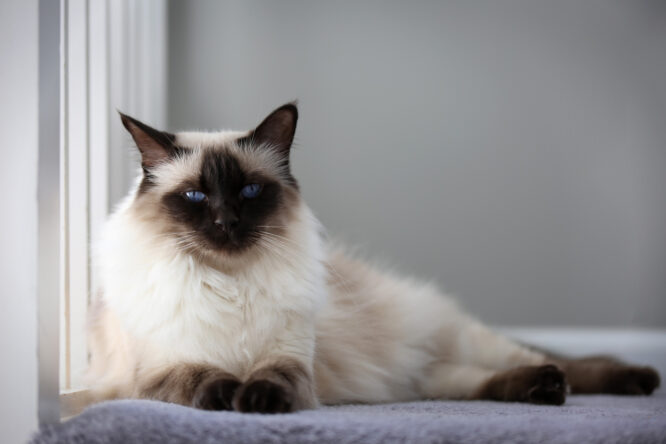
Often called the “long-haired Siamese,” the Balinese defy expectations by being both fluffy and allergy-friendly. Like Siberians, they produce less of the troublesome Fel d 1 protein, which makes them a surprisingly good fit for sensitive owners.
They’re bright, vocal, and emotionally tuned-in—almost to the point of being clingy. Balinese cats thrive on interaction and love being involved in your day-to-day life. If you want a chatty companion with grace and personality, this is a breed that brings both beauty and comfort.
3. Bengal
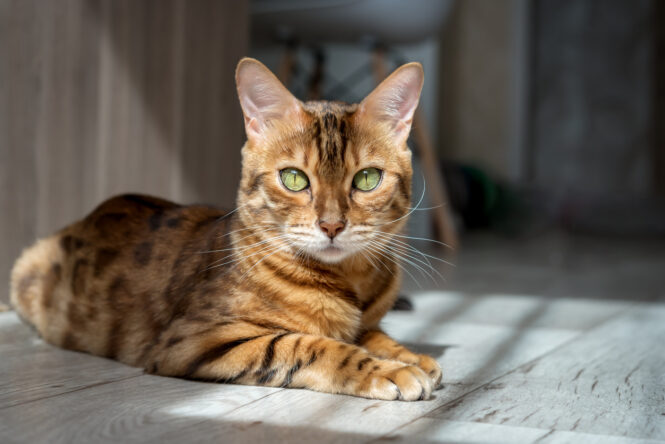
These exotic-looking cats aren’t just beautiful—they’re also a smart option for allergy sufferers. Bengals have sleek, short coats that don’t trap allergens the way longer-haired breeds might, and they shed less overall, which keeps allergen spread down naturally.
Bengals are high-energy, intelligent cats who need lots of play and stimulation. They’re not known for being lap cats, but they’re incredibly interactive and form strong bonds with their humans. Regular play and grooming will keep both your cat and your sinuses happy.
4. Russian Blue
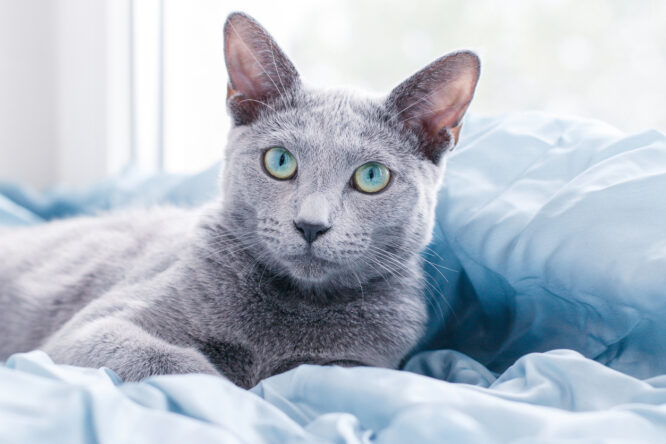
With their shimmering silver-blue fur and piercing green eyes, Russian Blues look refined—and act it, too. They’re a quieter breed, often bonding closely with one or two people while staying reserved around strangers.
What makes them especially appealing to allergy sufferers is their naturally lower production of Fel d 1. Their dense, velvety double coat doesn’t shed as much as it looks like it might, and they’re known to be fairly fastidious about cleanliness. A little brushing goes a long way toward keeping allergens under control.
5. Devon Rex
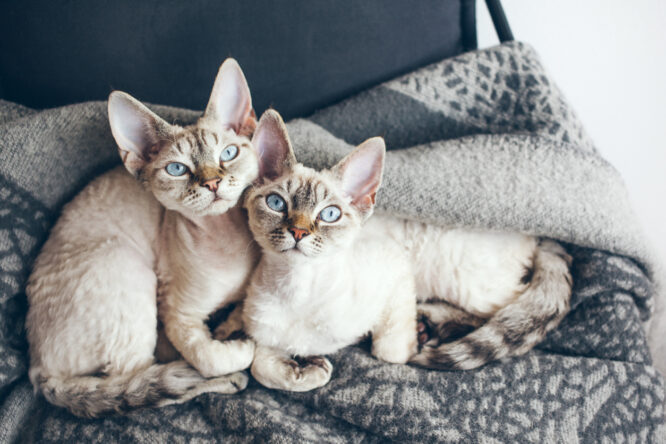
The Devon Rex looks like something out of a fairytale: big ears, wide-set eyes, and a soft, almost suede-like coat. Because their fur is so sparse and short, they shed very little and don’t spread much dander, making them a solid pick for allergy-prone households.
They’re affectionate, cheeky, and often act more like a little sidekick than a typical cat. Devons love warmth, attention, and high places. Their grooming needs are minimal, but wiping them down with a damp cloth weekly can help reduce allergens even more.
6. Cornish Rex

Closely related to the Devon Rex, the Cornish Rex takes minimal fur to the next level. These cats only have the soft undercoat (called down), with none of the guard hairs seen in most breeds. As a result, they have a unique curly or wavy appearance and are extremely low-shedding.
Their bodies are sleek and muscular, and their personalities are energetic and clownish. They love to play and are often happiest in homes where someone is around often. Because their fur is so light, they may need extra warmth in winter—but they’ll gladly spend hours curled up in your lap or under a blanket.
7. Oriental Shorthair
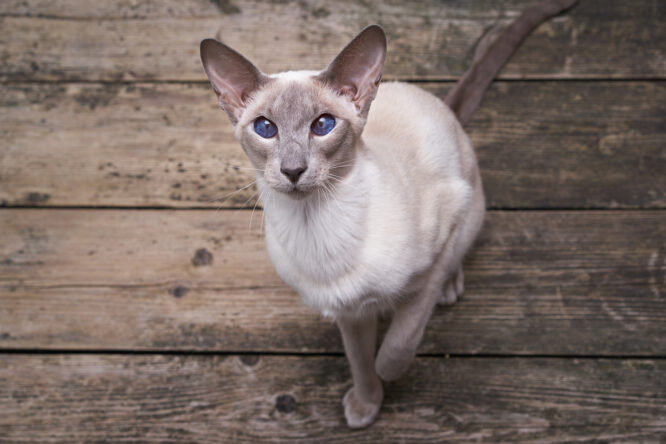
With their sleek lines and huge ears, Oriental Shorthairs are elegant but often overlooked. They come in a rainbow of colours and coat patterns, but what they all share is a low-shedding, fine coat and a reputation for producing fewer allergens.
These cats are extroverted, curious, and love to be the centre of attention. They’re highly vocal and very people-oriented, so expect plenty of interaction. As long as you’re brushing them occasionally and keeping up with household cleaning, they can be a very allergy-friendly addition to the family.
8. Javanese

Javanese cats are essentially a middle ground between the Balinese and Siamese—graceful, talkative, and covered in a medium-length coat that’s surprisingly easy to manage. Like their close relatives, they tend to produce lower levels of Fel d 1, making them easier on your allergies than other similar-looking breeds.
Javanese cats are intelligent, energetic, and emotionally responsive. They’ll likely follow you from room to room, offering gentle companionship rather than aloof independence. With minimal grooming required and plenty of love to give, they’re a great match for cat lovers with sensitive systems.
9. Sphynx
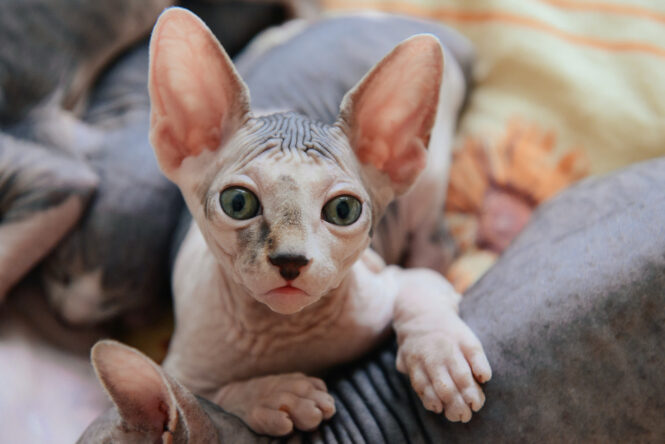
The hairless wonder of the cat world, the Sphynx may seem like the obvious top choice—but it’s not quite that simple. Though they don’t shed fur, their skin still produces oils that can collect allergens. Because of this, they need regular baths to keep their skin clean and allergen levels down.
That said, their lack of fur dramatically reduces dander spread around the house. They’re famously affectionate, attention-seeking, and full of personality—if you want a cat who acts like a goofy, affectionate toddler, the Sphynx is your match. Just be prepared for a bit more maintenance to keep them (and your environment) clean.
10. Burmese

The Burmese is a people-oriented, social cat with a short, sleek coat that doesn’t shed much. While they’re not officially a hypoallergenic breed, many people with mild allergies report fewer symptoms with Burmese cats than with others.
These cats love being near their humans and don’t tend to hide or isolate themselves, which makes them an incredibly affectionate and charming presence. Because they’re so sociable, they do best in homes where someone is around most of the time. With weekly grooming and regular cleaning, they can be a great fit for allergy-conscious households.
Final Thoughts
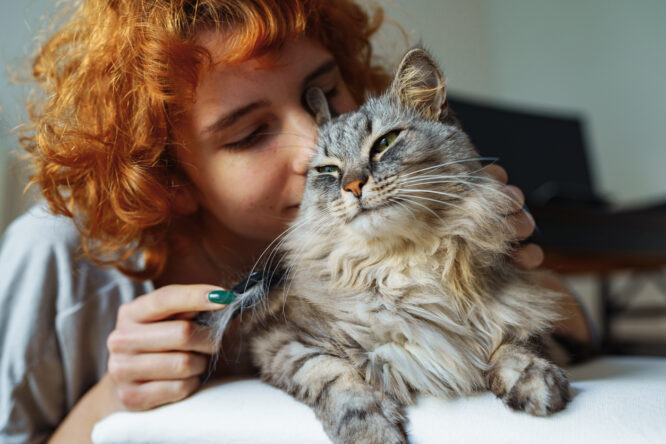
While no cat will ever be completely allergen-free, these breeds offer a much lower risk of triggering a full-blown reaction—especially when paired with smart lifestyle choices. Regular grooming, air purifiers, washing your hands after petting, and vacuuming often all go a long way in making cat ownership manageable (and enjoyable) for allergy sufferers.


